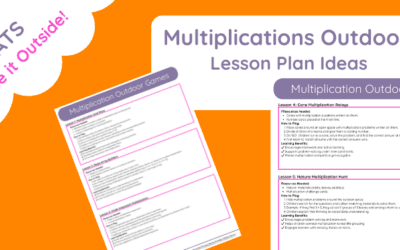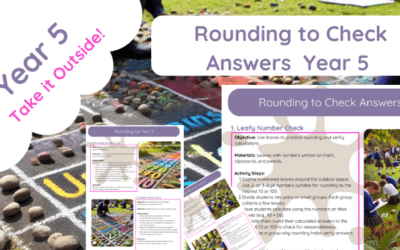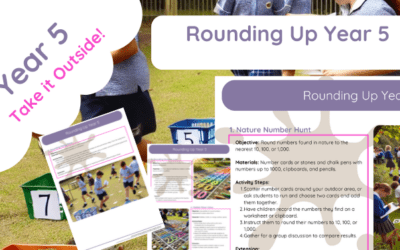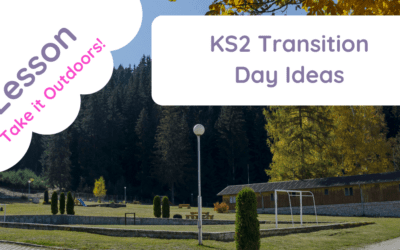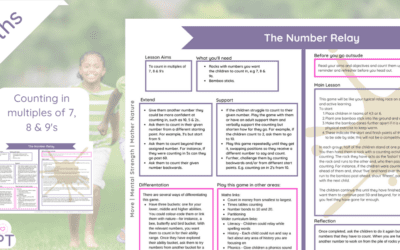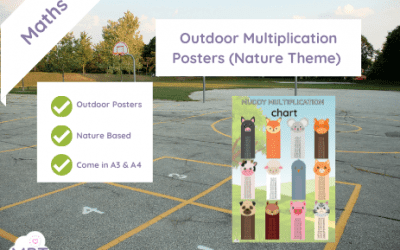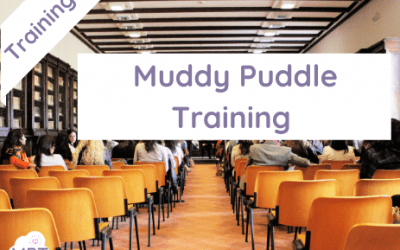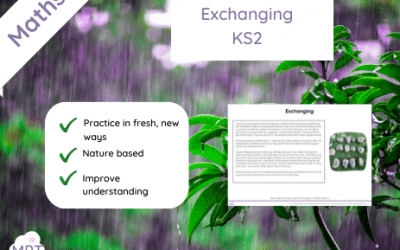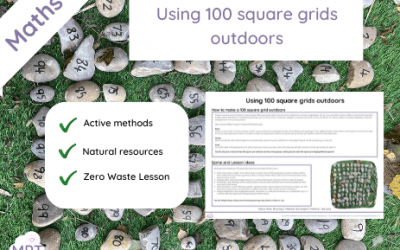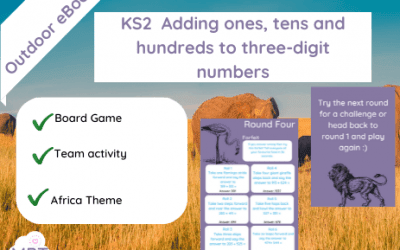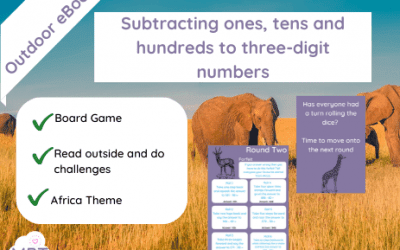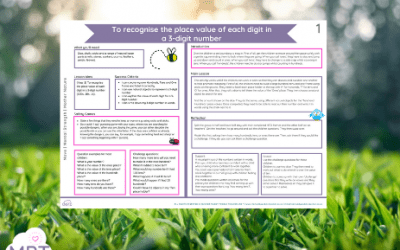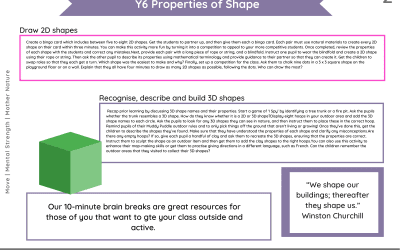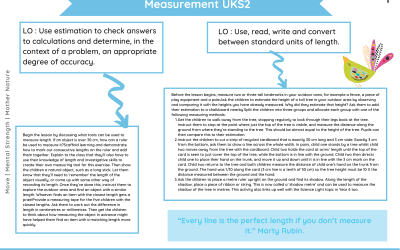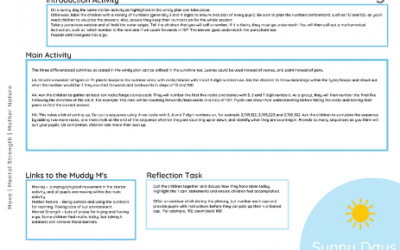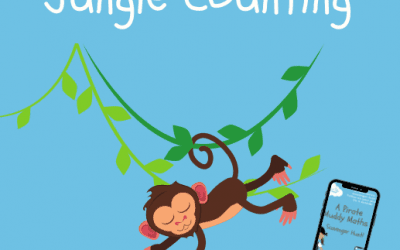Outdoor Multiplication Lesson Plans – A Fun and Engaging Way to Teach Maths Transform Maths Learning with Outdoor...
Rounding to Check Answers Year 5
Nov 18, 2024
Transform your Year 5 maths lessons with this Outdoor Lesson Plan on Rounding Up to Check Answers, designed to make...
Rounding Up Year 5
Nov 18, 2024
Transform your maths lessons with this Outdoor Lesson Idea Pack: Rounding Up for Year 5, designed to bring energy,...
KS2 Transition Day Ideas
Jul 2, 2024
The Importance of Having a KS2 Transition Day Outdoors for Children Transition days are pivotal in helping children...
Count in multiples of 7, 8 & 9s : Number Relay
Oct 23, 2023
What does this resource include? 1 x counting multiples outdoors of 7,8 and 9's. How can I use this resource? Use...
Outdoor Multiplication Posters (Nature Theme)
Mar 16, 2022
Our Muddy Materials and Posters are perfect for adding that educational element to your outside space as well as a...
Teacher Training Options
Jan 24, 2022
Face to Face Teacher Training OptionsCPD Accredited Muddy Teacher Training Whole School Option (up to 20 staff) for...
Exchanging (KS2)
Nov 22, 2021
Exchanging (Maths) outdoor learning Using rocks is a powerful method to help junior children take their maths learning...
Using 100 square grids outdoors
Nov 17, 2021
How to make a 100 square grid outdoors There are several ways of creating a cheap and easy 100 square grid outdoors....
KS2 Adding ones, tens and hundreds to three-digit numbers
Sep 20, 2021
KS2 Adding ones, tens and hundreds to three-digit numbers Why should every good teacher take their learning...
KS2 Subtracting ones, tens and hundreds to three-digit numbers
Sep 20, 2021
Place Value of a 3 Digit Number
Apr 14, 2021
Place Value of a 3 Digit Number is a lesson plan that will help KS2 outdoor learning look easy! Simply get out of the...
Y6 Properties of Shape (Outdoors)
Dec 3, 2020
Use Y6 Properties of Shape (Outdoors) to help take Year 6 learning outside. Outdoor Learning KS2 has never been so...
Measurement KS2
Sep 18, 2020
Measurement can seem a simple task to take outside but this pack will take you to the next level and fill you with innovative, fresh ideas to make it exciting and fun!
Counting in powers of 10
Jul 3, 2020
Want to give your class the opportunity to go outside while still covering the curriculum? Our Muddy maths range will help you balance the indoors with the outdoors, the sit-down work with active hands-on mastery.
Outdoor EBook 6x 7x Tables (Board Game)
Jul 2, 2020
Use 6 & 7 Times Tables Board Game to practice your multiplications outside, in space with friends and have oodles of fun!
Outdoor EBook 5x 10 x Tables (Board Game)
Jul 2, 2020
Use 5 & 10 Times Tables Board Game to practice your multiplications outside, in space with friends and have oodles of fun!
Outdoor EBook counting in 6s & 7s (Board Game)
Jul 2, 2020
Use Board Game 6s & 7s to practice counting with friends in a fun and active game.
New In
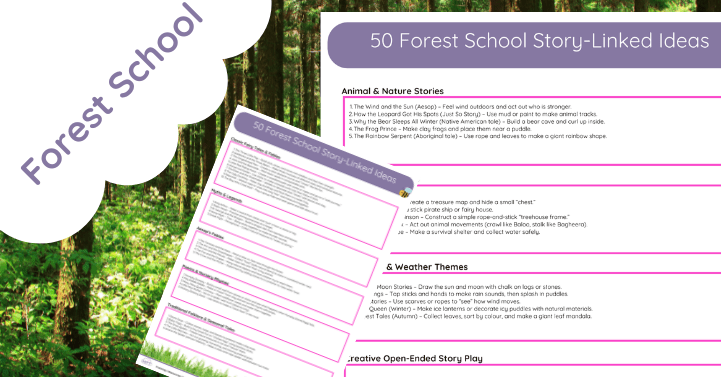
Forest School Story-Linked Lesson Ideas
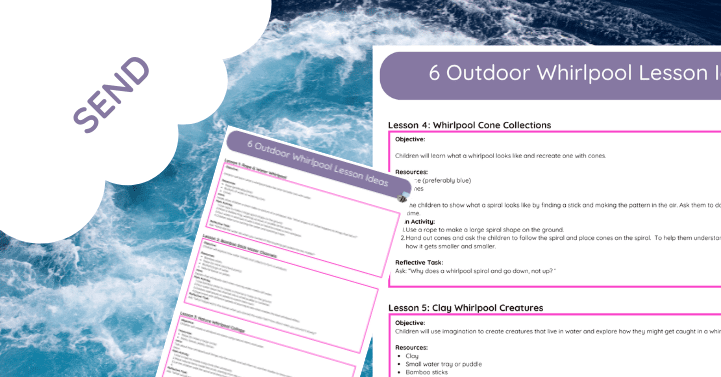
Whirlpool Lesson Ideas – SEND Pack
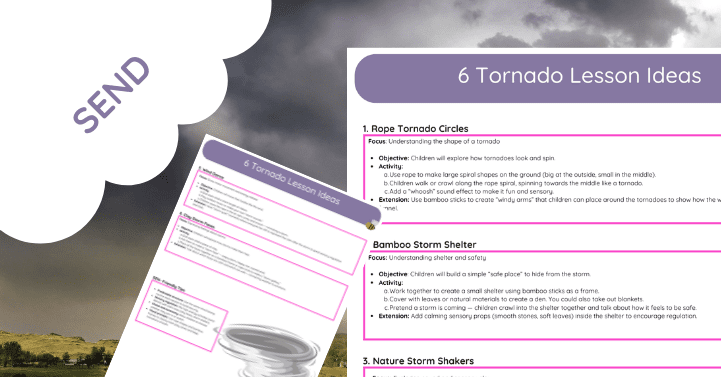
Tornado Lesson Pack for SEND
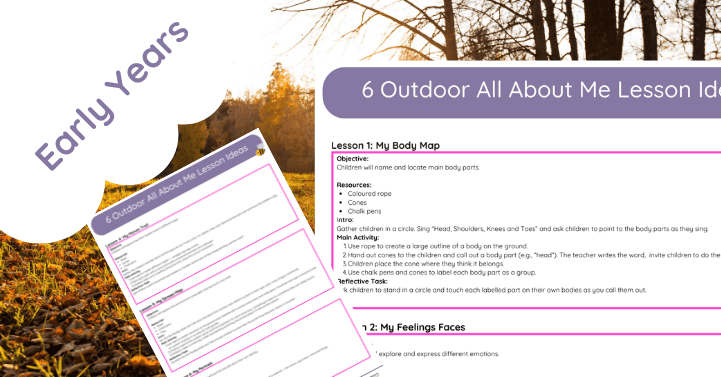
All About Me Lesson Ideas
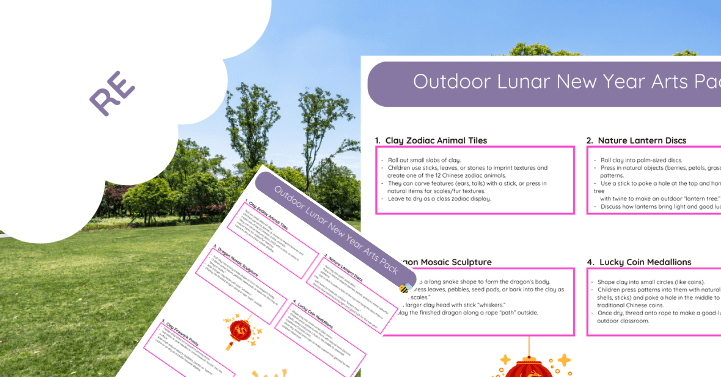
Lunar New Year Outdoor Arts Pack
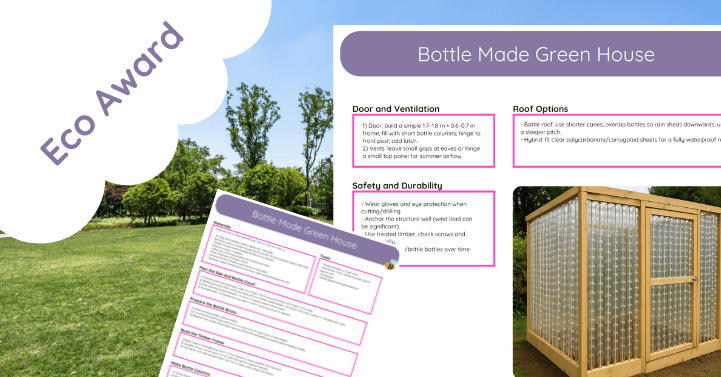
Bottle Greenhouse Instructions
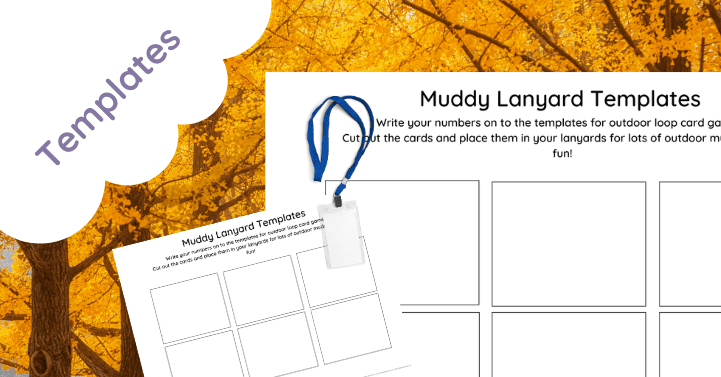
Blank Outdoor Lanyard Template
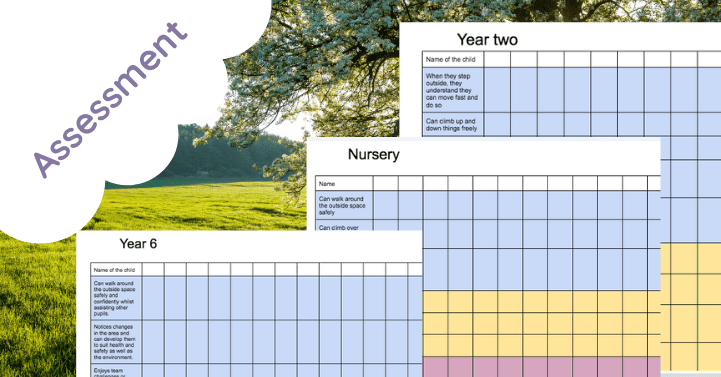
Outdoor Learning Assessment Grid

Nelson Mandela KS1 (Outdoor Lesson Ideas)



